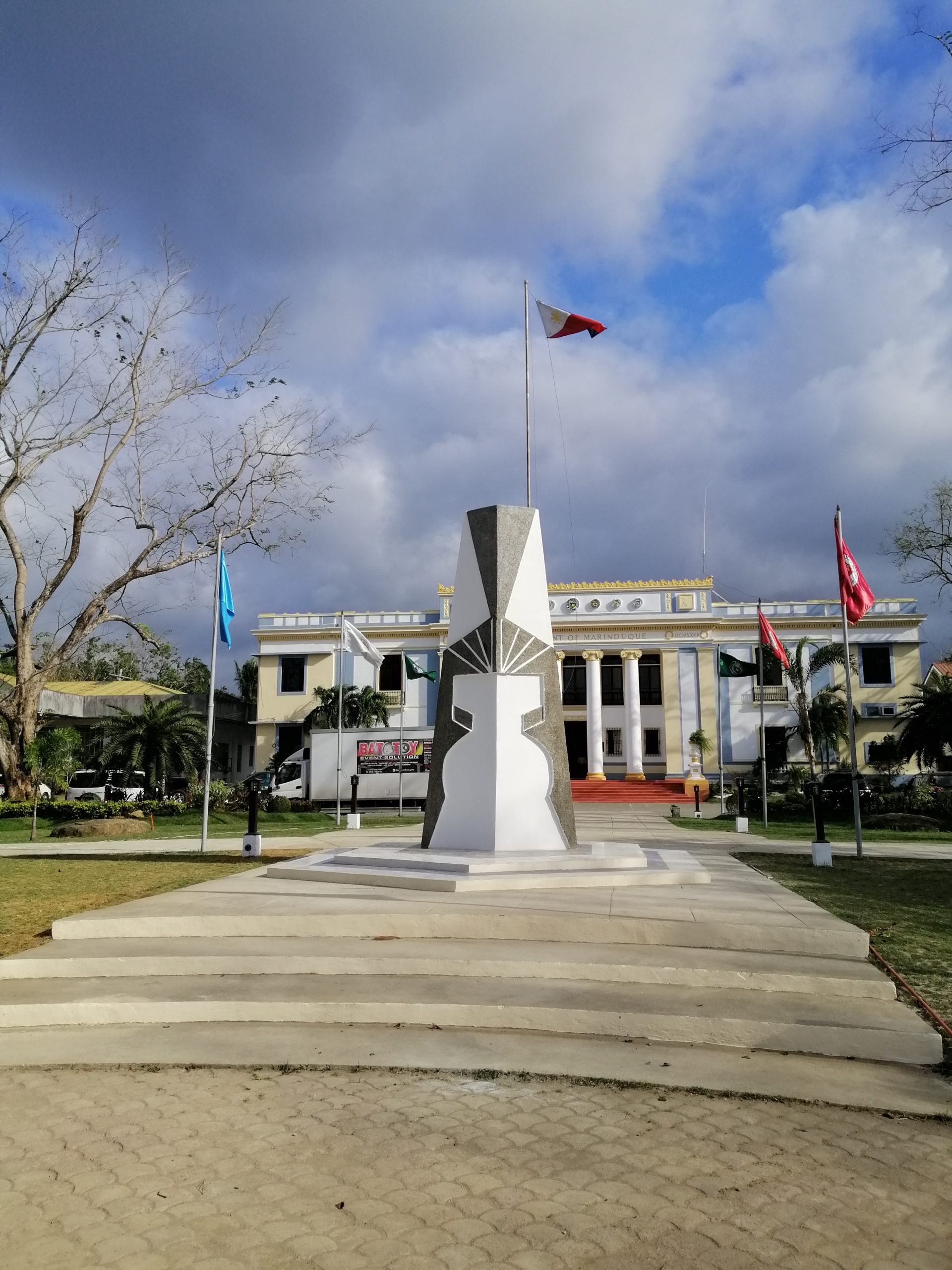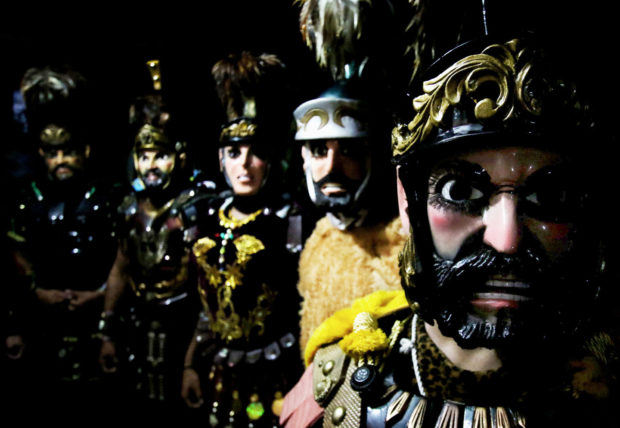
By: Jofel Joyce Lancion, Maricar Cinco -
@inquirerdotnet Philippine Daily Inquirer
BOAC, MARINDUQUE — A 9-foot-tall concrete marker that
symbolizes an ancient Catholic rite also marked the turn of the century for
Marinduque, an island community that has lagged far behind its neighboring
provinces in Southern Luzon.
Marinduque, which has become synonymous with the Moriones, a
popular Lenten tradition that depicts Christ’s passion and crucifixion,
unveiled on Wednesday its centennial monument in time for its 100th founding
anniversary today.
Local officials welcomed the new century with optimism for
the fourth-income class island province of 234,000 people.
Mine disaster
Feb. 21, 1920, marked Marinduque’s jurisdictional
independence from the then province of Tayabas (now Quezon), but officials
admitted to its slow economic progress over the years. In the 1960s, the island
opened its doors to foreign-operated Marcopper Mining but hopes for an economic
windfall quickly dimmed following a major mine spill into Marinduque’s rivers
and bay.
The impact of the the 1996 mine spill into Marinduque’s
waters and natural resources lingered to this day.
“Admittedly, we lagged [behind other provinces]. For [over]
40 years, progress was elusive,” said Marinduque legal officer Rommel
Fernandez, who spoke on behalf of the provincial government.
But Fernandez said what the small island community lacked in
infrastructure, it made up with homegrown talents that made a name in their
respective fields. Gov. Presbitero Velasco Jr., a former associate justice of
the Supreme Court, led the unveiling of the marker—a P600,000-obelisk featuring
a Morion helmet that was designed by architect Korina Ysabel Josue—at the
capitol grounds here. Joining Velasco were his son and Rep. Lord Allan Jay
Velasco, and Environment Secretary Roy Cimatu.
The province is set to recognize prominent figures like Sen.
Francis Pangilinan, former Executive Secretary Alexander Aguirre and the late
Cardinal Ricardo Vidal, who traced their roots to Marinduque, on Friday.
The National Museum, on Feb. 16, declared the Boac Cathedral
an important cultural property, kicking off the weeklong celebration featuring
concerts and trade fairs.
It would also run two exhibits—one showcasing the underwater
features of the Benham Rise in Aurora province and an exhibit by landscape
photographer Bengy Toda, entitled “Chasing Waterfalls.”
 |
| ENDURING SYMBOL The centennial monument of Marinduque honors the Lenten tradition of Moriones that has been associated with the deeply religious residents of this heart-shaped island province in Southern Luzon. — Photos by Jofel Joyce Lancion and Richard Reyes |
Tourism boost
Tourism has primarily kept Marinduque’s economy afloat.
During Lent and throughout summer, foreign and local
tourists descend to the island to witness the Moriones or head out to its
pristine beaches.
But economic activity, in an island of only six towns, is
slow for the rest of the year.
“Since he (Governor Velasco) assumed office [in 2019], there
have been significant improvements, like in hospital facilities,” Fernandez
said.
He said Governor Velasco planned to rename the island’s
primary hospital, Dr. Damian Reyes Hospital, into Marinduque Provincial Hospital,
and add new equipment so residents would no longer have to travel by boat to
seek medical attention in Lucena City, the provincial capital of Quezon, or in
Metro Manila.
Representative Velasco, meanwhile, was working on increasing
the number of commercial flights from just three a week from Marinduque’s only
airport in Gasan town.
Another project in the pipeline is the provincial
government’s expropriation of the abandoned Marcopper mine site.What has been
Marinduque’s symbol of tragedy, its present leaders envisioned to become
Marinduque’s economic zone, Fernandez said.
